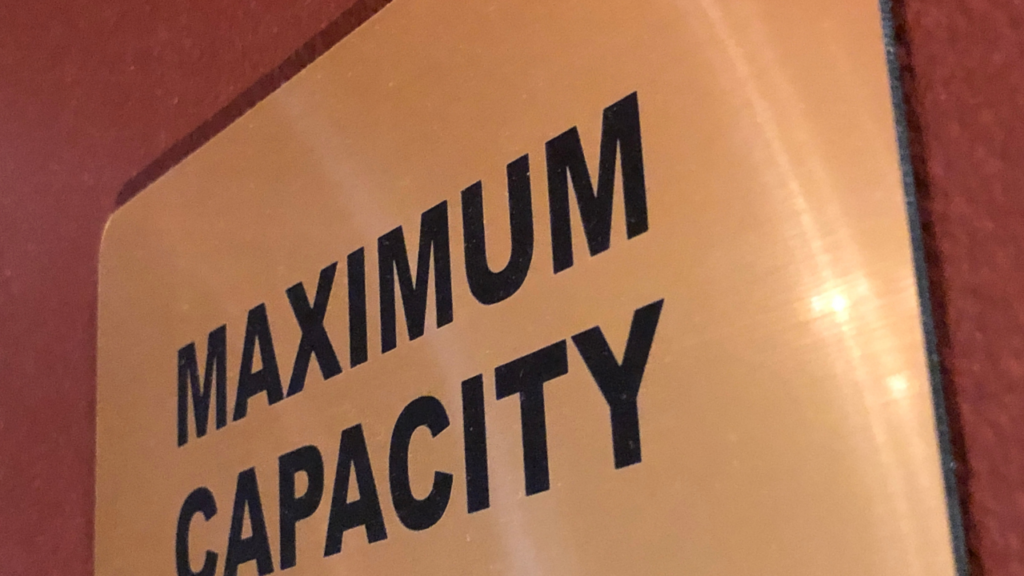The American comedian, sometimes actor and podcaster Marc Maron made headlines in 2015 when he interviewed then-American president Barack Obama in his Los Angeles garage.
In a conversation that spanned racism, gun control, criticism and legacy, this stuck with me the most.
“Maron: There’s an element—and I don’t know if this will be insulting to you, but there is an element to the presidency that is sorta middle management.
Obama: Yeah.”
The leader of the free world agreed that his job was, in some senses, “middle management.”
But isn’t all management middle management?
Middle managers are important
Middle and front-line leaders are the connection point between employees and what’s changing. They know their teams’ peak and trough times; they know what messages will resonate (or not); they are present to observe new ways of working being practiced (or not). They’re in the best place to provide recognition or constructive feedback and, in many organisations, they release their team members for training and arrange back fill.
They do all this while maintaining BAU.
As change practitioners, are we paying enough attention to their needs and concerns? Do we know what support they need, and do they have the capacity to lead change in addition to the BAU whirlwind?
For any change to be successful, we need middle and front-line leaders’ support and we need them to be accountable for adoption in their area of authority.
Here are three strategies to engage this essential group.
1. Remember that leaders are employees too
We often forget that leaders are employees first and leaders second.
Leaders should always be given the courtesy to first be engaged in the change as it affects them personally before they’re expected to lead their teams.
Unfortunately, due to poor planning or for the sake of expediency, many organisations communicate important information en masse. This disengages leaders who hear about change at the same time as their team members – and may reduce their credibility.
2. Give leaders responsibility and accountability
Beware of locking away your project team and excluding leaders until you need them to implement.
If we truly want leaders to step up to the plate, we need to give them responsibility – by involving them in the change – and accountability for its success.
This means engaging them early, being very specific about what we need them to do, and identifying the support they need to deliver their part of the change equation.
This responsibility and accountability need to be clearly explained to them by their leaders, with adoption and benefits realisation incorporated into their performance measurement.
3. Develop talent
The ability to lead teams through change and to demonstrate results are critical leadership skills needed across all sectors and industries. Mastering this competency puts any leader ahead of the pack in career progression.
Organisations that recognise this are creating leaders for the future.
How we help
Our preferred methodology, People Centred Implementation (PCI ®), focuses on preparing middle and front line leaders to lead change in their areas of authority.
Regardless of your organisation’s methodology, we can work with you to develop and support this critical group to be powerful change leaders.
Do you agree that many change programs don’t pay enough attention to the needs and concerns of middle and front-line leaders? Share why (or why not) in the comments!



